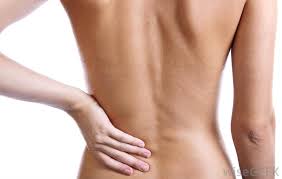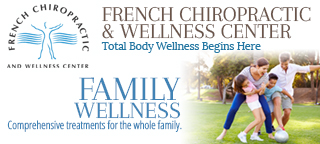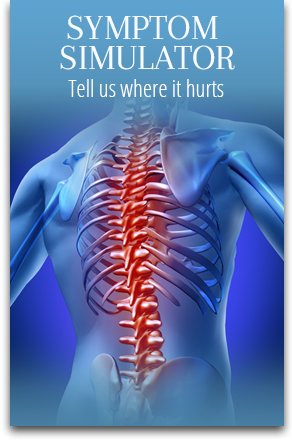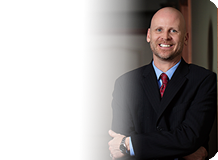Arthritis and Back Pain
Q: Years ago I was in a car accident. My back and neck hurt at the time, but I didn’t seek any care because my pain was almost gone after a month or so. Now my doctor is telling me that the arthritis in my spine may have started way back then. Should I have had something done even though my pain went away on its own?
A: I will be the first to say that the human body has a truly remarkable capacity to heal itself. There are times, however, in which it needs direction to heal in a certain way. If you break your humerus (upper arm) and have nothing done, the bone will eventually “heal” with a large, bony callus. If the fragments were not properly aligned, they will heal together with permanent misalignment. Had you had a doctor realign the fragments, the bone would have healed properly.
that the human body has a truly remarkable capacity to heal itself. There are times, however, in which it needs direction to heal in a certain way. If you break your humerus (upper arm) and have nothing done, the bone will eventually “heal” with a large, bony callus. If the fragments were not properly aligned, they will heal together with permanent misalignment. Had you had a doctor realign the fragments, the bone would have healed properly.
There is a difference between healing injured tissue and simply adapting to the injury, something I’ve tried to illustrate with the previous example. With regard to your pain going away, let me offer you one more illustration. When you put your clothes on in the morning, the nerves in your skin that detect pressure and light touch send signals to the brain that sound something like “clothes, clothes, clothes, clothes…” Information like this must pass through a lower part of your brain, and that part decides whether or not to send it to your conscious brain. Eventually the lower part (thalamus) realizes that it would be ridiculous to keep telling your conscious brain (cerebral cortex) that you’re wearing clothes, so that information is no longer prioritized. You haven’t stopped wearing your clothes; your brain just doesn’t care anymore.
Let’s say that you were injured in that accident. A particular joint structure in your neck (probably the 5th and 6th segments) was stretched beyond its normal boundaries and you tore some ligaments and muscle. The injury itself would hurt for a while and muscles in the area would spasm to try to stabilize the joint. Left alone, much like the bone example, you would develop scar tissue around the injured joint, tissue that doesn’t move like the original tissue. Eventually the joint will have lost some of its original range of motion, but no torn tissue remains. This joint may cause you some discomfort as you try to resume your normal activities. The relief you’ll eventually feel is due to at least two processes: your scar tissue is starting to rearrange for the better, and your brain has heard “pain, pain, pain…” for so much of the day that it doesn’t care anymore.
The point at which your body begins to heal is when we would generally see a patient. It is at this time that we begin to remind the new tissue of what the joint is supposed to be able to do, and start getting the patient into rehabilitative exercises that retrain surrounding muscle and ligamentous tissue. Let me suggest to you that arthritic change is often the result of the body adapting to an injury instead of the injury truly healing. Again, while your body will certainly attempt to heal, the desired result often requires some intervention to direct that healing process.
Hugh Cradduck, DC







